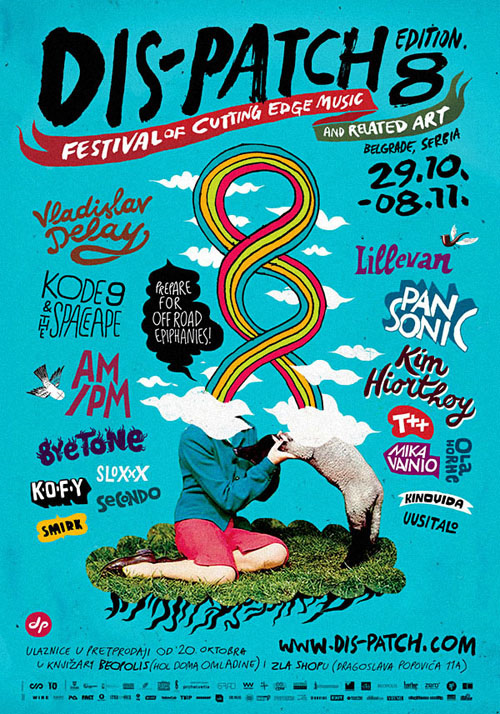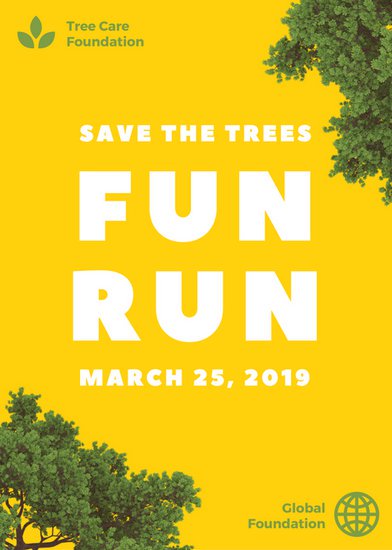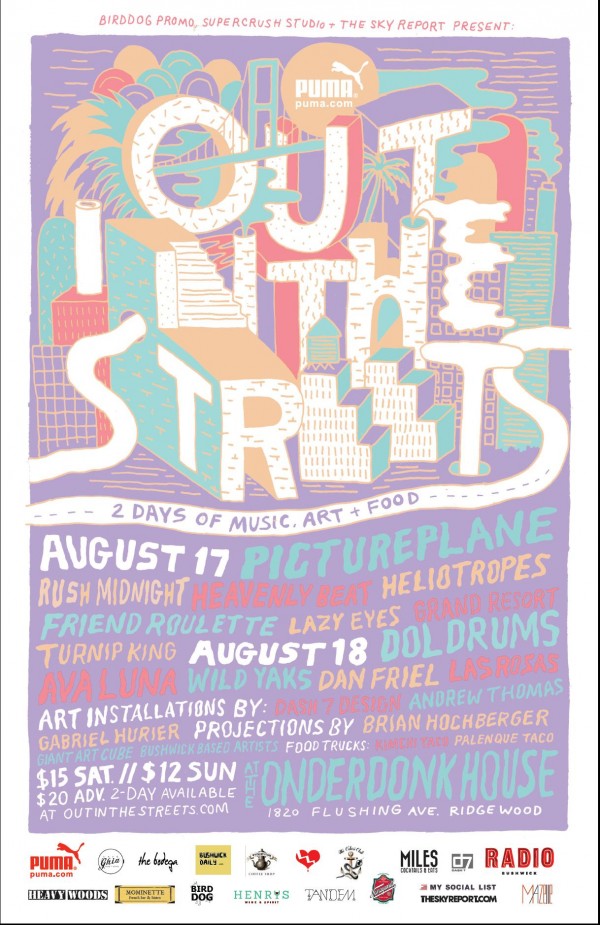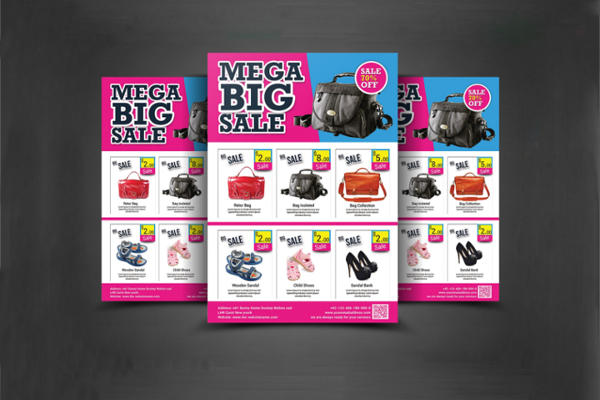You’ve got an upcoming event to launch? Probably a new product that will grab the audiences attention? On the serious side, to endorse a political candidate to the general masses. Whatever the intentions may be, one effective way to advertise to your potential target audience is through the use of promotional flyers. Crafting one to attract prospects may not come after a snap of the finger.
To help you get by, we have prepared a guide to crafting promotional flyers which includes the technical and design process that comes along with it. This will also touch the topics and techniques widely used in advertising. You may freely scan through our list on crafting a brilliant flyer which will be focusing on a general application of designing flyers.
Why Boundaries and Constraints Propel Greater Results.
You are about to create, design and hand out promotional flyers in a few. While you’re at it, it is inevitable not to be bound by creative constraints during and even the start of the process. While this might be a handful, we strongly encourage you to face these constraints head on.
These creative constraints might involve the budget, media planning, production, demographics, design and distribution. Think of these boundaries not as a way to limit creativity but as a starting line to your design, application and distribution.
A Showcase of Promotional Flyers.

Dispatch Edition 8 Promotional Flyer example courtesy of UCreative

Promotional Flyer example courtesy of Canva

Out on the Streets Promotional Flyer example courtesy of Supercrush Studio
Tell me more!
There is an understanding in advertising that when you convey a message to a millions of people, there is a probability that only a thousands or maybe just a hundred would receive an impact to your promotional collateral. There are reasons as to why the number of audiences went down. The main reasons could be that there is a noise occurring and speaking to a wider and general audience (unless you are going for the general audience) and not focused on your niche.
Noise, as previously mentioned, does not mean sound but disturbance during the promotional period. For television that might be an interruption of an ad by another ad. In this case, disturbances with flyers are its placement, reach and frequency. The placement of the flyers might not be of eye level or in a setting your target audience might not be in or goes to. In specific cases such as political campaign period, flyers might be topped in surface as replacement of the previous flyers.
Reach, on the other hand, are the total number of different people exposed to a medium during a certain period of time. Reach differentiates from the number of people who will actually be exposed to. In this case, the placement and exposure of the promotional flyers brings in the numbers for reach.
Frequency. Is the number of times a person must be exposed to an advertising message and in this case, a promotional flyer. Promoting a product through the use of radio for example. As media planners designates a specific time when the ad is to be aired on radio, let’s say thrice in a day; the morning, afternoon and early evening. That is the number of exposure the audience gets for the promotion of the product. For promotional flyers, how many times would an individual be exposed to such printed medium. Again, the placement and the location of where it is placed matters for increasing frequency.
On to the next…
While this article focused on the creative constraints and a touch of media planning (noise, reach and frequency), the next part of this series are getting to know your target audience or as what advertisers might refer; market segmentation. As well as the essentials needed to finish off a promotional flyer. On to the next is knowing your target audience and elements of a promotional flyer. Now, off we go to the next one!
Related Posts
20+ Restaurant Flyer Templates - Editable PSD, AI, Vector EPS ...
20+ Bar Flyer Templates - PSD, Vector EPS, JPG Download ...
21+ Fitness Flyer Templates - PSD, Vector EPS, JPG Download ...
20+ Burger Flyer Templates - PSD, Vector EPS, JPG Download ...
20+ Band Flyer Designs - PSD, AI Illustrator Download
20+ Cleaning Service Flyer Designs - PSD, Vector EPS, JPG ...
20+ Lawn Care Flyers - PSD, Vector EPS, JPG Download ...
21+ Chalkboard Flyer Designs - PSD, Vector EPS, JPG Download ...
20+ Fast Food Flyer Design- PSD, Vector EPS Download
21+ Barbershop Flyer Templates - PSD, Vector EPS, JPG Download ...
14+ Baby Sitting Flyers - PSD, Vector EPS, AI Illustrator Download
20+ Dj Flyer Templates - PSD, Vector EPS, JPG Download ...
20+ Real Estate Flyer Designs - PSD, Vector EPS, AI Illustrator ...
21+ Casino Flyer Templates - PSD, Vector EPS, JPG Download ...
21+ Hip Hop Flyers - PSD, Vector EPS, JPG Download
